Our Nursery Manager Natalie Clark outlines her tips for choosing the best oyster grow out equipment based on seed size and water conditions.
As a marine biologist and nursery manager for the Hoopers Island Oyster Co. – a thriving aquaculture company on Maryland’s Eastern Shore – I’ve seen firsthand the importance of merging scientific principles, best practices and common sense to determine the best grow out methods and gear for both fledgling and established farms.
When it comes to choosing the best grow-out method and gear, today’s farmers have many options thanks to advancements in technology and equipment.

- Providing the best environment for seed growth based on size;
- Minimizing product loss; and,
- Selecting and maintaining the appropriate grow out gear.
Providing Optimal Growing Environment by Size
As an oyster grows, a variety of gear can be utilized to yield optimal results. The one rule I follow when deciding what to house my seed in is simple: Choose a mesh size that is large enough to allow for adequate flow (for food availability), but small enough to retain your product.
However, determining the right equipment – and how much is needed — depends on your range of seed size, your total number of oysters, and the environmental conditions to which they’re exposed.
For growers looking to start with larvae and smaller seed (1mm-2mm) set on microcultch, I recommend using equipment that provides a controlled environment and allows easy access to the growing seed as they require a good deal of attention and maintenance at this stage.
Typically, a land-based tank housing seed on an appropriately sized screen is employed. While there are endless size, pump, filtration, and housing configuration options, using a Downweller/Upweller tank for small seed allows farmers to keep a large amount of seed (2 million 1mm size seed/tank) in an accessible area. It also provides the versatility to complete remote setting and upwell the seed, post set should you choose to set your own larvae.
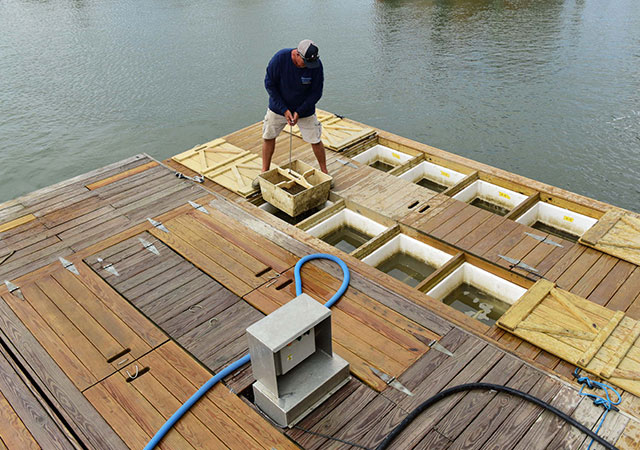
From there we deploy our product into Hexcyl baskets on our longline systems to continue their growth. Typically, larger seed allows you to implement more grow out options aligned to the environment when oysters reach 6mm or more. (Stay tuned for an article later this month by my colleague Sean Grizzell on floating cage options.)
Minimizing Product Loss
It goes without saying that retaining your animals is the most important factor when it comes to oyster farming. It’s also the variable growers have the most control over.
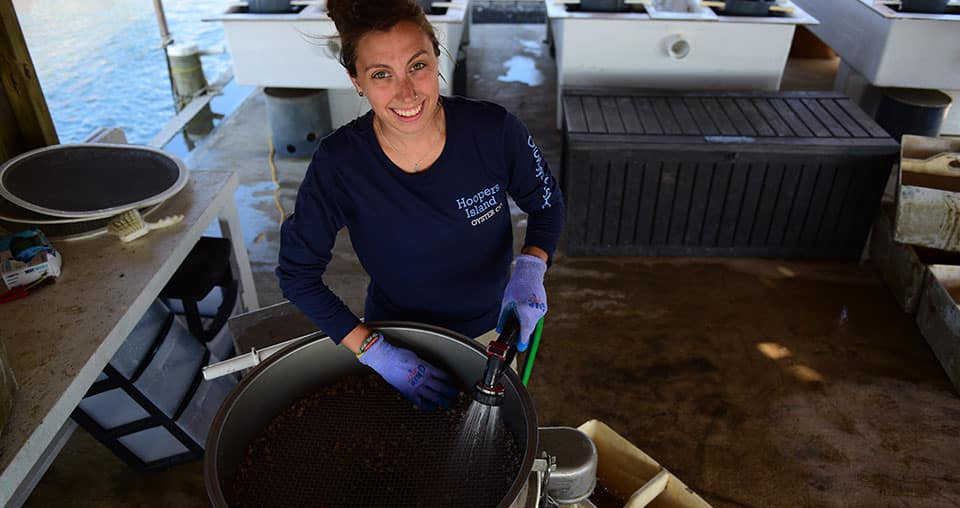
Screen Size Selection
A good rule of thumb that I recommend when it comes to deciding on an appropriate mesh size is using a mesh that is half the size of the animals you are deploying. For example, if you were handling 4mm seed, you should place the seed on a 2mm mesh to ensure that the oysters won’t fall through.
For more information, you may want to reference this very good presentation from SeaGrant Maine on basic oyster production methods.
Accidental Loss
While mortality from disease and other causes can be a source of product loss, the most important way to physically control product loss is being mindful of spillage while handling and grading oysters. To prevent loss when dealing with smaller seed, I always place a screen or some sort of safety net below where I’m grading to ensure they aren’t lost to accidental spillage.
Selecting and Maintaining Appropriate Gear
When selecting grow out gear for seed 6mm and larger, you have a number of options to choose from including: Bottom cages, rack and bag systems, longline systems, floating bags, and floating cages that contain bags.
What works best for your operation depends on the parameters of the environment that you will expose your oysters to, and what is easiest to handle logistically.
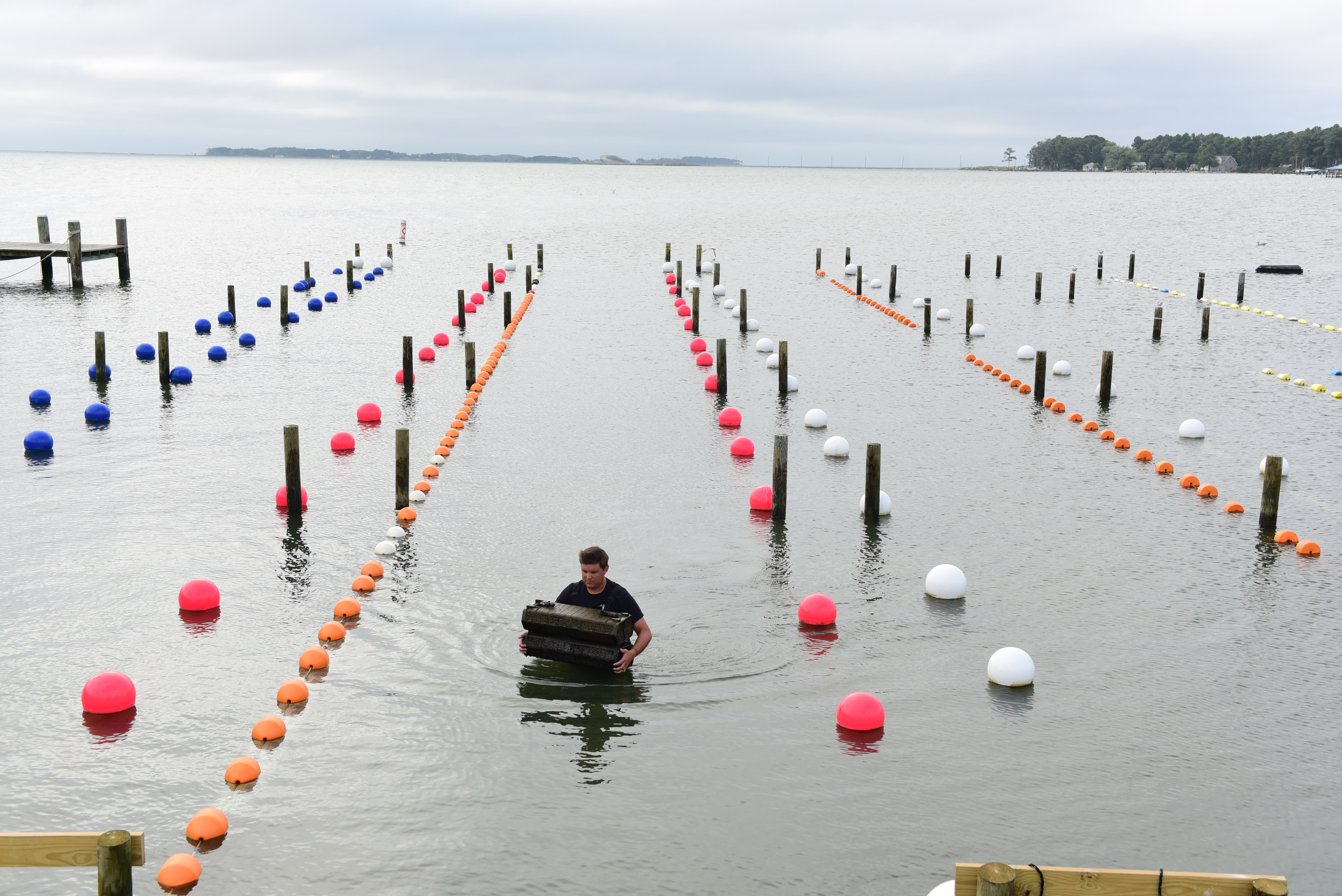
- Depth of growing area
- Depth variances with tidal exchange
- Seasonal changes
- Water quality
- Salinity
- Substrate type
- Predation threats
- Lease permit provisions
- Maintenance required
- Available equipment storage
Your growing area will primarily drive what grow out gear will work best for you. For example, at HIOC we utilize a variety of leases. One of our leases is not well suited for bottom growing as the water depth is very shallow with a silty substrate. Therefore, we determined that the best grow out gear in these conditions were floating cages that would allow us to grow oysters on the surface and reduce the negative impacts of tidal exchanges silting over the bottom.
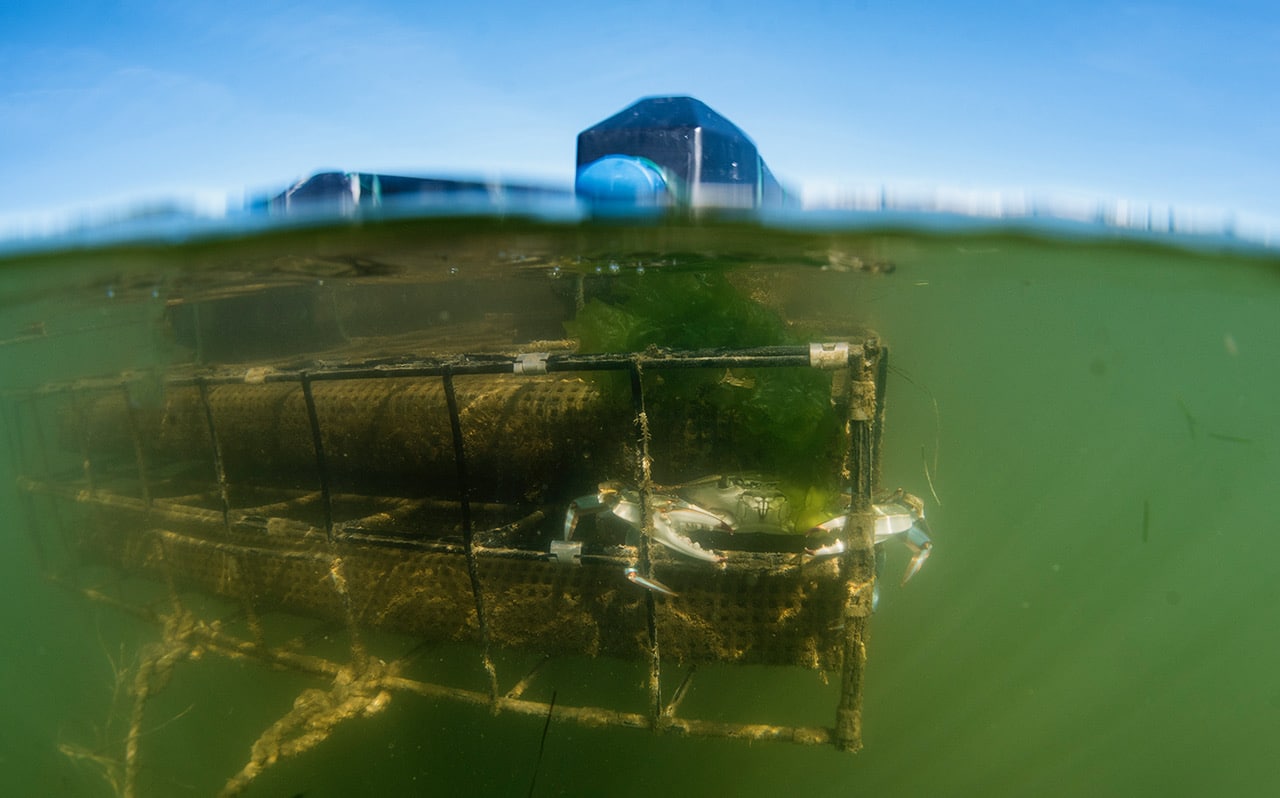
Seed to Shuck: One-Stop Oyster Aquaculture Shop
Oyster growers today have many options to choose the best grow-out method and gear thanks to advancements in technology and increased opportunities to customize operations suited to the environment.
As one of Maryland’s early oyster aquaculture pioneers, Hoopers Island is a one-stop shop for new and established growers. From the larvae we spawn in our hatchery and seed raised in our nursery, to a complete line of grow-out, grading and sorting equipment, we’ve helped hundreds of farmers start, expand or enhance their operation.
Contact me or Jordan Shockley if you’re interested in learning more or scheduling a consultation. Whether you’re looking for tailored advice for your unique situation, or a source for providing quality seed and equipment to help get your oyster farm successful and sustainable, Hooper’s Island is a one stop shop for oyster aquaculture.
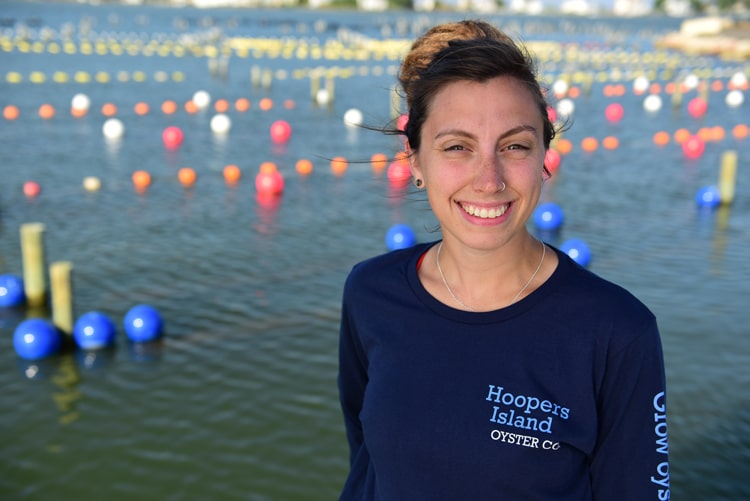
Growing up surrounded by water, Natalie was inspired to pursue a career dedicated to reversing the crippling impact overfishing and population growth had on the Chesapeake Bay. While earning her B.S. in Environmental Studies & Biology from Randolph-Macon, she worked to educate others as Green Chair of Students for Environmental Action. Today, this experienced biologist is the Hoopers Island Nursery Manager and part of a dedicated team of scientists raising our premium oysters.